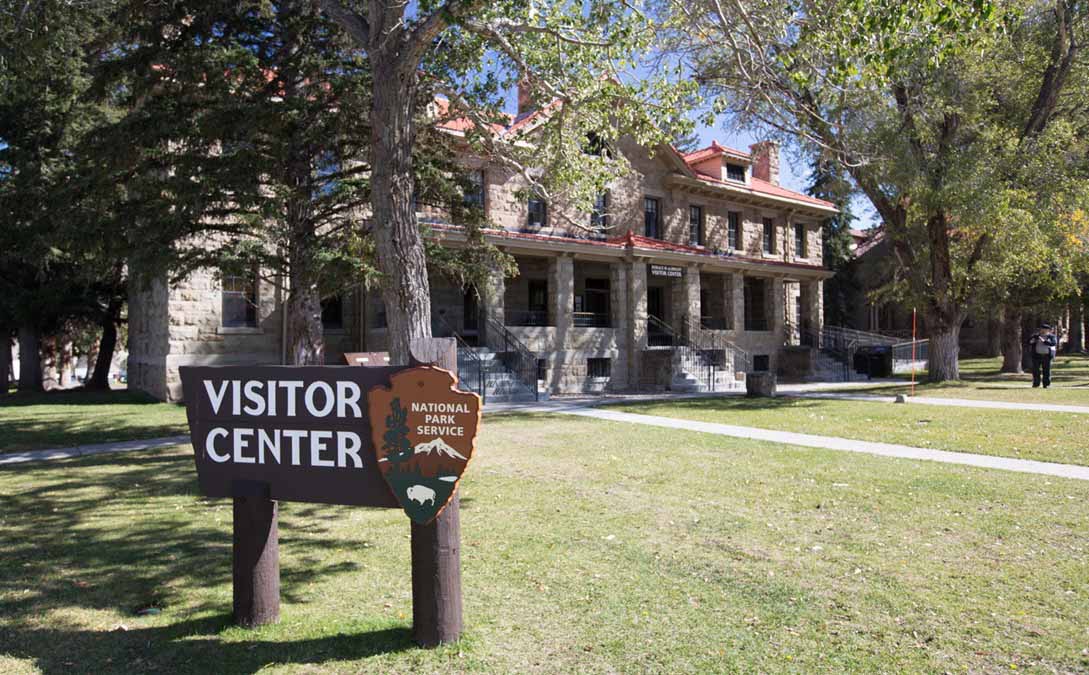
Federal funding is expected to become available to begin addressing the historically underfunded, multi-billion-dollar deferred maintenance backlog at our national parks and public lands. The Great American Outdoors Act signed in August transfers revenues to our public lands from oil and gas royalty money derived from drilling on federal property. This money is deposited into two funds: the National Parks and Public Land Legacy Restoration Fund and the Land and Water Conservation Fund.
The potential for $9.5 billion to be deposited into the Public Land Legacy Restoration Fund over the next five years will help cover about half of the current deferred maintenance backlog. The money will be distributed to public land management agencies proportionally to the amount of backlog faced by each agency (70 percent for the National Park Service, 15 percent for the U.S. Forest Service, 5 percent for the U.S. Fish and Wildlife Service, 5 percent for the Bureau of Land Management, and 5 percent for the Bureau of Indian Education).
The Department of the Interior has released a list of the projects that will be funded in the fiscal year that began October, 2020. Many of the projects involve replacing, rehabilitating, or repairing buildings, water systems, sewer systems, and campgrounds for the NPS, BLM, FWS, and BIE.
We found on the list a number of projects related to wildland fire. They are all for the BLM or the National Interagency Fire Center.
- BLM, California Telecommunication Network; repair critical telecommunications structures and equipment to provide reliable fire and law enforcement communications and protect the safety of the public and staff.
- BLM, Grand Junction Air Center, Colorado; repair leaking containment pond integral to regional wildland fire aviation operations.
- National Interagency Fire Center, Boise, Idaho;
- Replace two aging uninterruptable power system (UPS) units that serve a mission critical data center; repair failing subgrade, and heating systems.
- 405-Hangar; replacement of the outdated fire detection notification system and repair the HVAC system.
- Repair an aging storm water collection system that is inadequate to manage storm water in accordance with clean water act requirements.
- BLM, North Central District, Montana; Grub Dam rehabilitation to provide a consistent source of water for habitat and wildland fire.
- BLM, Winnemucca District, Nevada; replace dilapidated Orovada Crew Quarters at a fire station in McDermitt, NV with a new Fire Station Quarters in Orovada, NV.
- BLM, Nevada Telecommunications Network, Nevada; repair radio infrastructure across Nevada to provide a communication system that is safe and reliable to support BLM’s fire suppression, law enforcement, and emergency responses.
- BLM, Burns District, Oregon; the Warm Springs-Stinkingwater project will repair 18 miles of damaged road to provide safe access public wildlife viewing and hunting, wildland firefighting operations, and cattle grazing allotments.
- BLM, Burns District, Oregon. Replace an aging and deteriorating radio tower to protect public safety and ensure reliable radio service for interagency fire, law enforcement, and employee communications.
- BLM, Prineville District, Oregon; the Prineville District Sunflower Creek culvert replacement will resolve outstanding safety issues and improve wildland fire response on South Fork John Day Road.
- BLM, Burns District, Oregon; the Burns Junction Fire Station Repair and Renovation project will renovate the bathrooms, sleeping quarters, kitchen, and laundry facilities of the Fire Station.
The Department of the Interior also released their projects to receive the Land and Water Conservation Fund money this fiscal year. The Act guarantees the Fund will receive $900 million annually.
The Forest Service has a list of deferred maintenance projects for FY 2021 and 2022 that are under consideration, subject to final budget appropriations.

The US Fish and Wildlife Service has forgotten that Oregon exists. I don’t blame them. The Oregon Department of Energy is not addressing the fire hazards associated with transmission lines and energy developments in this state. They ignore the recommendations of the fire districts that developers claim will be responsible for fighting fires along transmission lines, and claim that a response time of 45 min. to an hr. with volunteer crews lacking the equipment to fight the fires will suffice. Add to that the fact that they have removed from their rules the requirement to identify and address federally listed Threatened and Endangered wildlife in the siting of industrial wind, solar and transmission lines in this state. The problems are so critical that the Oregon Hunters Association has come out asking the Oregon Department of Fish and Wildlife to establish wildlife corridors as critical habitat due to developers constructing energy projects which block these corridors.
There is little point in investing money in protecting wildlife in Oregon when the Oregon Department of Energy allows energy developers to build in the middle of critical habitat but refuse to require developers to assume the costs of providing adequate fire protection in order to keeps fires they cause from killing the wildlife.
“An ounce of prevention is worth a pound of cure”.
Bill, I can’t find enough words of gratitude for your providing this service.
Suppression capability = suppression requirement?
Wayne,
Easier to think of funded suppression requirements becoming suppression capability.
Hopefully you start by maintaining a prioritized requirements list. When funding becomes available, the highest affordable priority gets funded. The requirements list is then reordered to reflect the priorities of the remaining unfunded requirements.
Hopefully the agencies receiving this funding also have the competency to manage deferred maintenance and new construction projects…